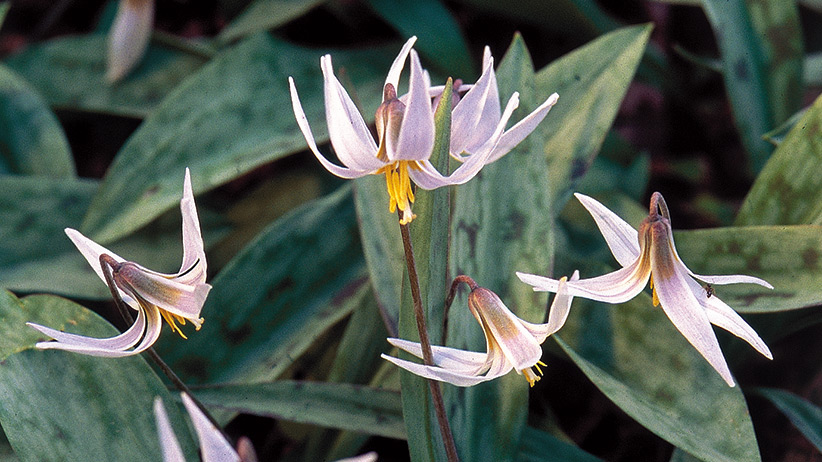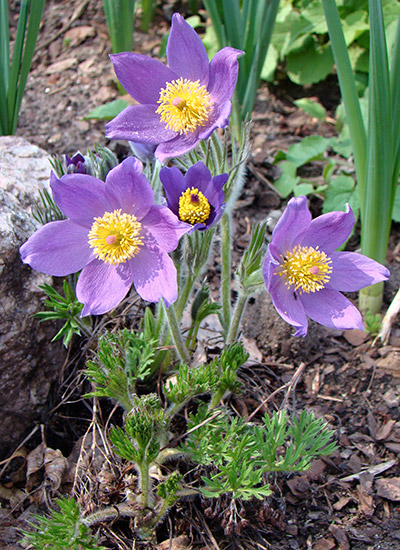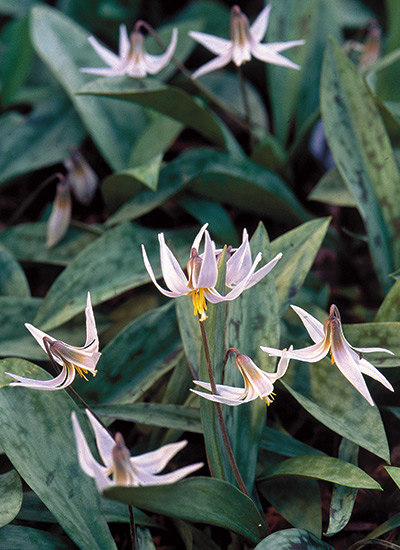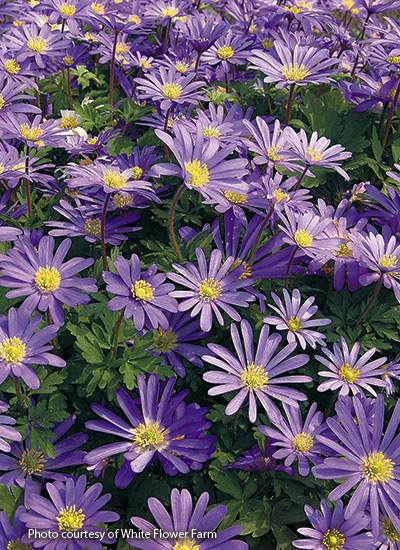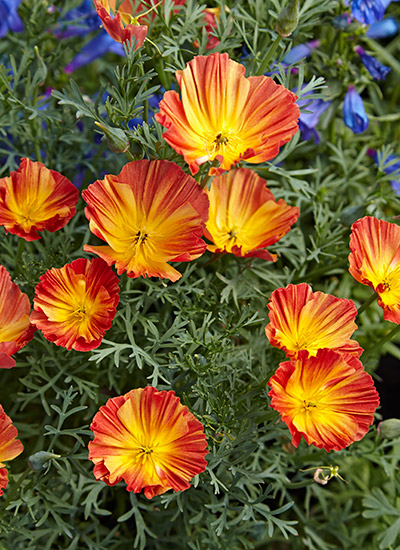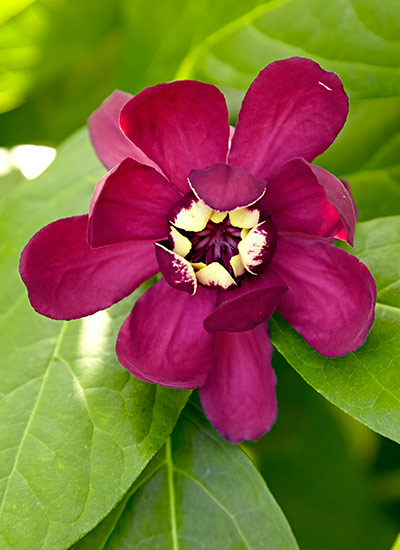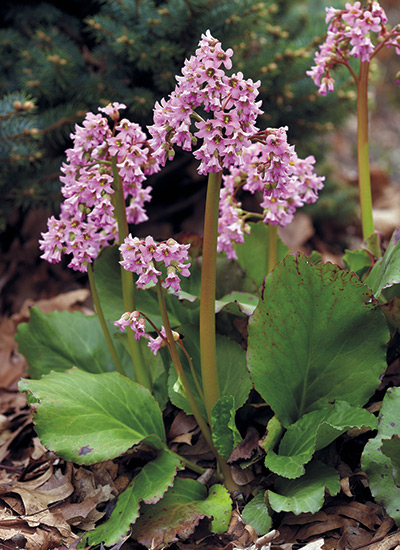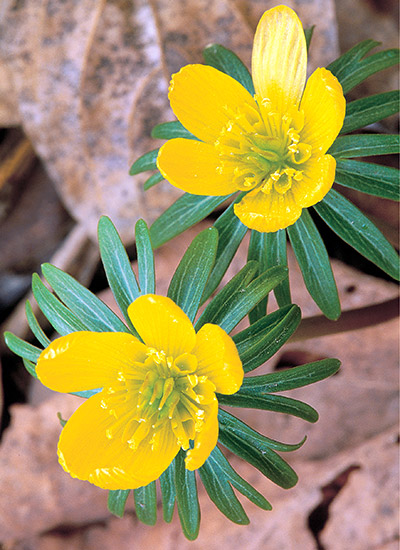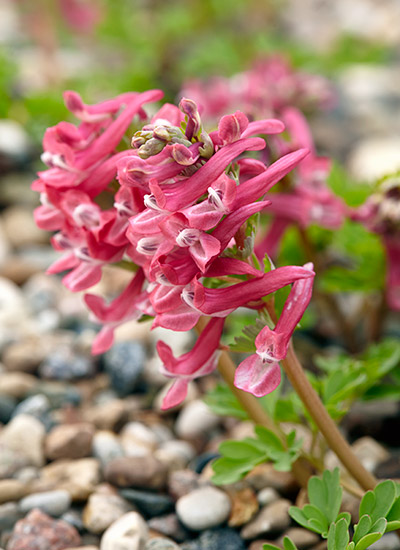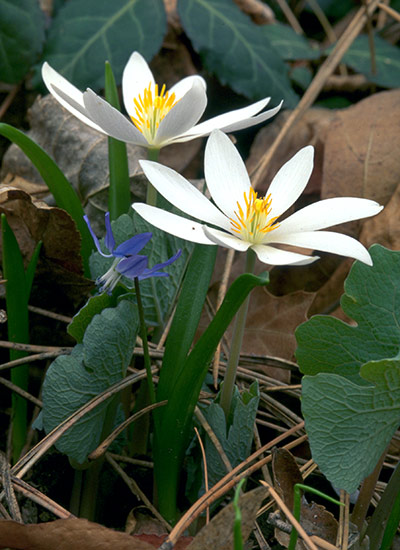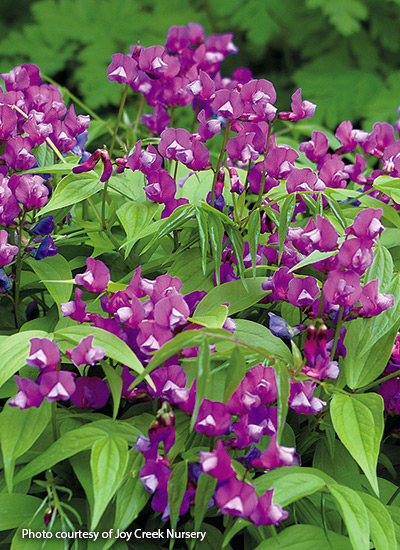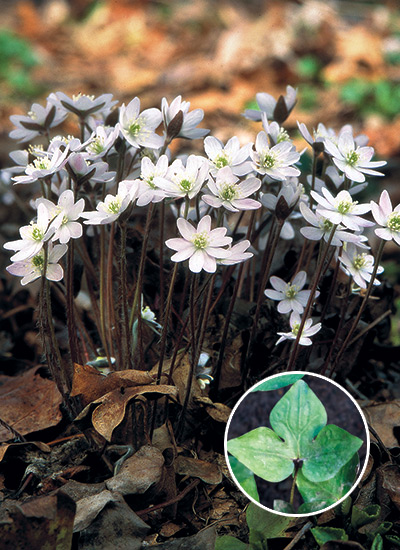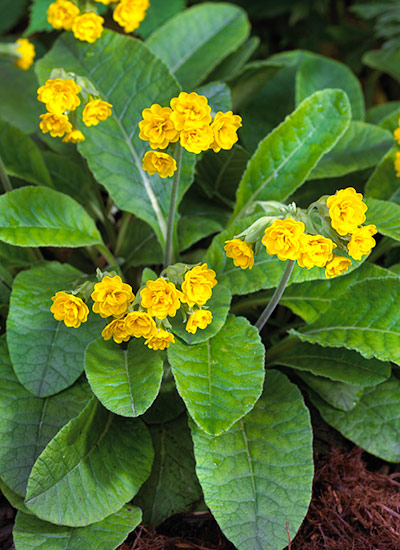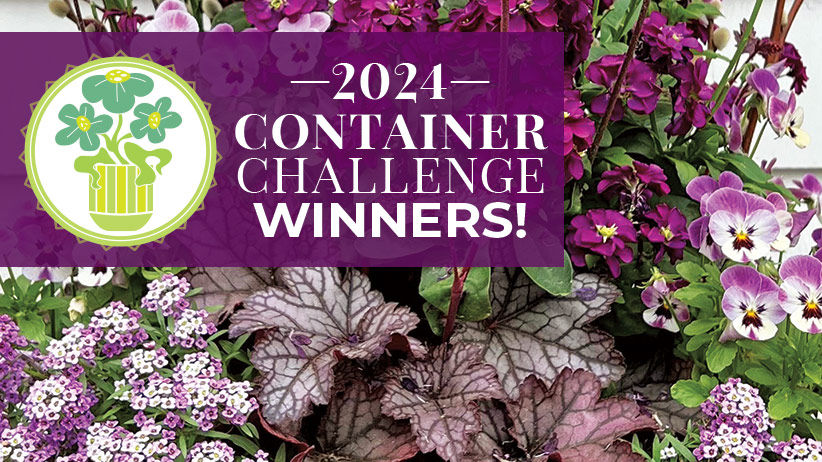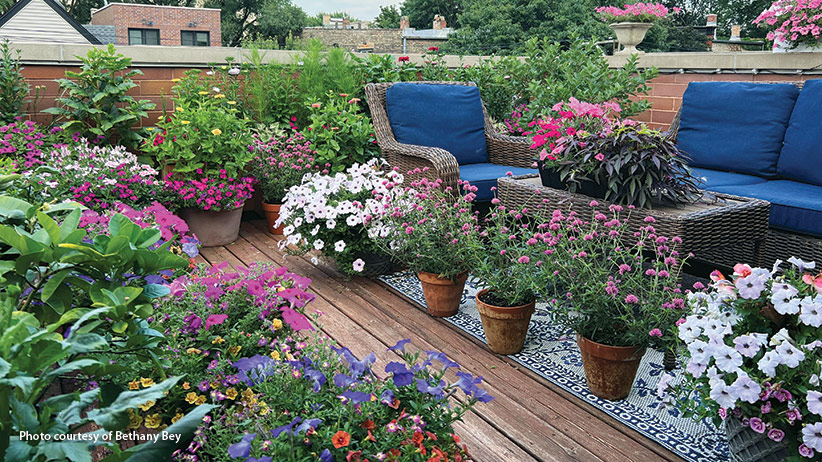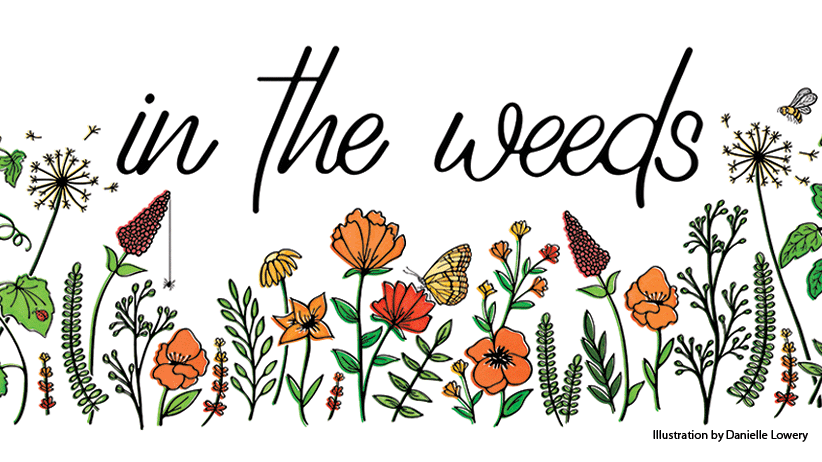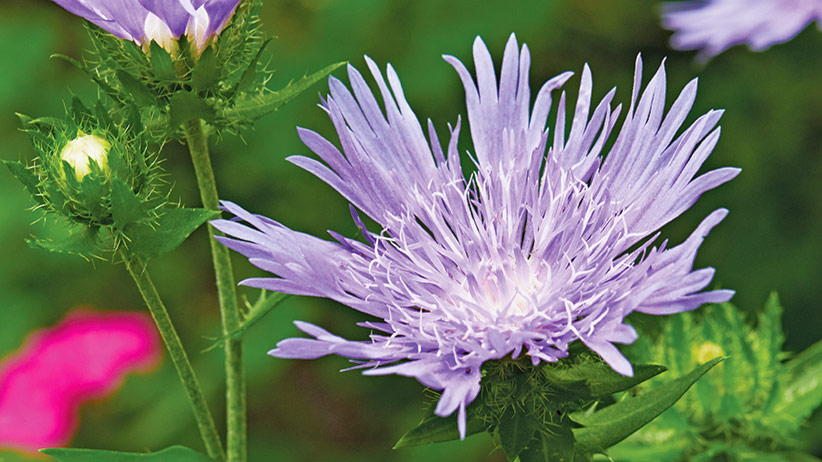Striking spring flowers
Get color everywhere in your yard! And shade doesn’t have to be the exception, especially when it comes to spring flowers. Whether buds are poking up through the last patches of snow or a blossom greets you on the first sunny and warm day, unique spring flowers can instantly brighten any spot — even dappled light or dense shade.
The plants featured here take varying degrees of light, so after trees’ canopies leaf out fully, they can still thrive. Some, such as sharp-lobed hepatica, are among the first blooms in early spring. And others, like the pink-blooming bergenia, will transition your garden from late spring to early summer.
You Might Also Like:
Shade Garden Makeover
Our Favorite Hostas
Best Daffodils for Your Garden
Find the Right Bulb for Your Garden
Unique spring flowers attract early pollinators
No matter if these flowers open in early, mid- or late spring, though, they provide some of the first food for pollinators as temps start to warm and beneficial insects become more active. The variety of bloom shapes and sizes not only adds a variety of texture to your garden, but it also attracts a diverse range of pollinators. Scroll on to learn more about each of these peculiar spring beauties — they might be just the spring flowers you need to brighten up your garden.
Planting spring flowers
Many spring bloomers are bulbs that need to be planted in the fall. Using a bulb auger will make the job a cinch. It's usually a good idea to amend the soil with an organic compost at planting time.



